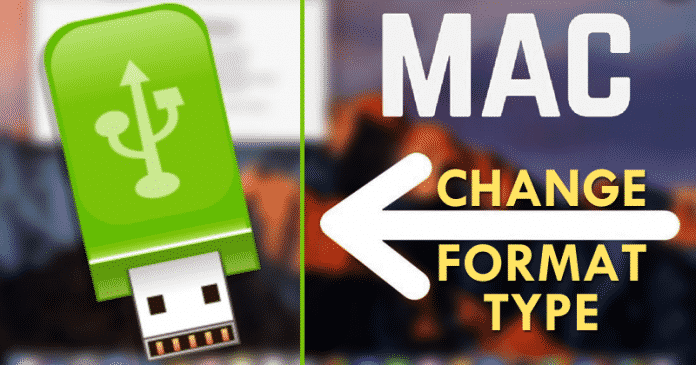

By default, our USB, external hard drive or memory card simply uses a certain file system, and it could be FAT32, NTFS, exFAT or some other of the various ones. However, here, the main problem comes when we require to use one of these units in a device that is not compatible with the file system that it has.
How To Format By Changing The Format Type Of A USB Drive In macOS
We all know very well that by default, our USB, external hard drive or memory card simply uses a certain file system, and it could be FAT32, NTFS, exFAT or some other of the various ones.
However, here, the main problem comes when we require to use one of these units in a device that is not compatible with the file system that it has. Hence, in that case, we simply format that unit by changing the file system for the one that is compatible, it may seem a very simple process but many users simply make it quite complicated by their own, but the fact is that it is really a simple process that we will show you here step by step simply to make it more simple.
Also Read: How to Make and Receive Phone Calls on MacOS
Hence, this article is basically proposed at the users with limited technological knowledge, and here we will focus on the tech giant Apple’s macOS, which is the most common operating system in the ecosystem of the tech giant Apple.
Format By Changing The Format Type Of A USB Drive In macOS
- In macOS the process is practically the same as we do in the tech giant Microsoft’s Windows, the first thing that you have to do is click on the Disk Utility application.
- It is a system tool, which you will see together with the rest of the applications that you have installed in your macOS.
- Now the way to go is “Applications Utilities Disk Utility”, although you can also do a search directly by writing Disk Utility as well.
- Once you open the Disk Utility tool, now the first thing that you have to do is select the unit whose file system you want to change in the column on the left, which is where the internal and external storage units are displayed.
- Once the external unit has been selected, now simply press the Delete option that you will see just above the information of the selected unit.
- Now a window will open in which you will be asked if you want to delete the unit, a process in which you will also be able to change the file system.
- To do this, on this screen, simply click on the Format menu that you have below where you name it.
- A small window will open in which you will have to choose the file system that you want to apply to the USB, SD card or external hard drive that you have connected.
- Now once you have chosen the file system, if you want then you can simply add a name to recognize the unit.
- In any case, what you have to do to proceed with the change is to click on the Delete button.
- Now the macOS will start formatting the unit and apply the new file system that you have chosen to apply.
- That’s it, now you are done.
Also Read: 10 Best Text Editors That You can Use in MAC 2019
So, what do you think about this? Simply share all your views and thoughts in the comment section below. And if you liked this tutorial then simply do not forget to share this tutorial with your friends and family.


